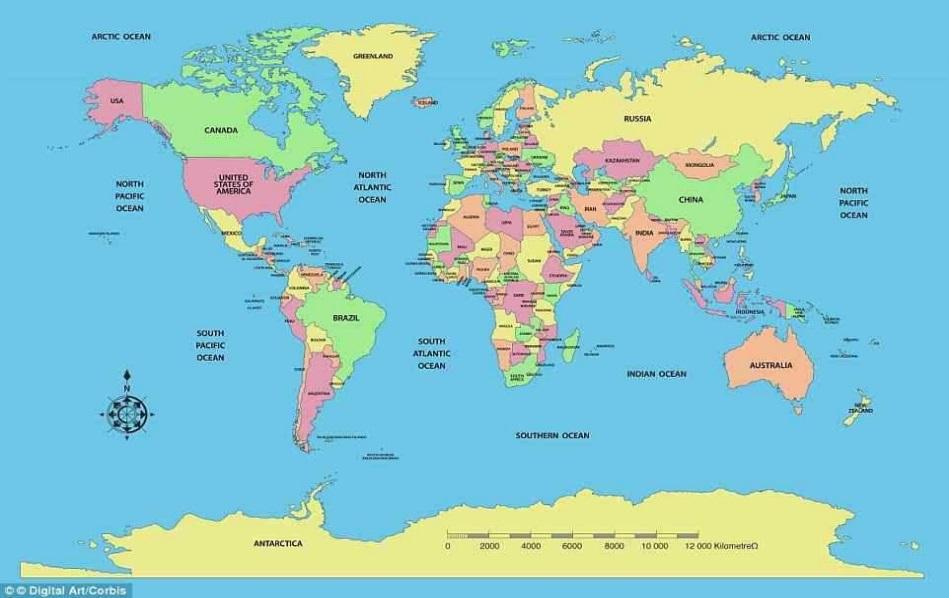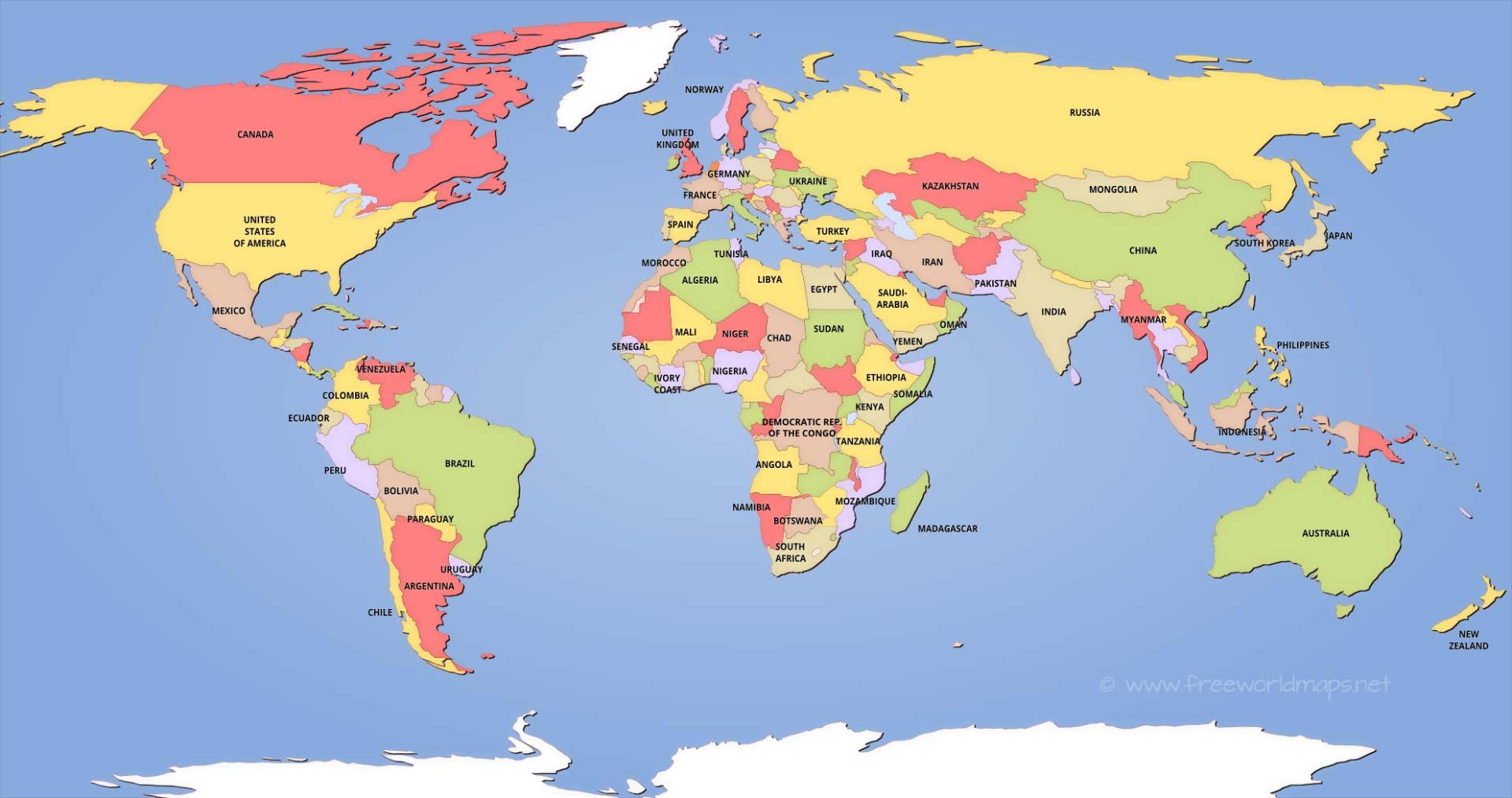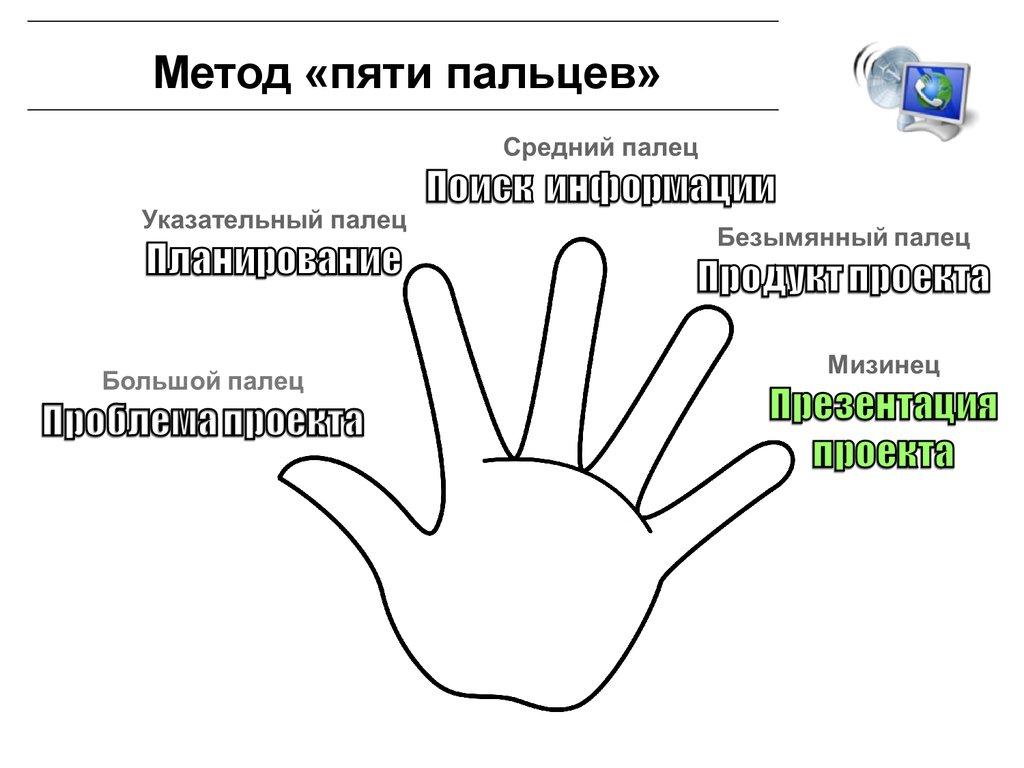| Long –term plan UNIT 1 | Raimbek region .School : O .Janabayev school |
| Date: | Teacher: Mamatayeva Saule Bayashovna |
| Grade : 5 | Number present : | absent |
| Theme of the lesson: Cities and countries |
| Learning objectives(s) that this lesson is contributing to | 5.L1 understand a sequence of supported classroom instructions. 5.S2 ask simple questions to get information about a limited range of general topics 5. S6 communicate meaning clearly at sentence level during, pair, group and whole class exchanges 5.W3 write with support factual descriptions at text level which describe people, places and objects
|
| Lesson objectives | All learners will be able to: a sequence of supported classroom instructions ask simple questions to get information. Most learners will be able to: Speak on the topic with the sequence supported classroom instruction Some learners will be able to: Provide basic information about themselves . |
| Assessment criteria | Identify the meanings of the words on the given instructions Discuss given instructions in pairs in groups Match the words with their meanings |
| Level of thinking | Knowledge and comprehension |
| Value links |
Nationality and peace and harmony in our society, to teach students to love their country |
| Cross-Curricular Link | Geography |
| ICT skills | Interactive board |
| Previous learning | Days of the week |
| Plan |
| Time | Planned activities | Recourses |
| 5min
| I. Organization moment Greeting: Good day, dear students! Nice to meet you How are you? Thank you, sit down. Are you ready for today’s lesson? Who is absent today? Who is on duty today? What is the weather like today? Warm-up. T-S. Dividing students into two groups by strategy “Magic box” there will be some apples choose one of them. Who choose red apples sit to red group and who choose green sit to green group.
T. To show a video a conversation between boy and a girl they talk about cities and countries and then learner recognize by this video the name of the new theme. T. Introducing the lesson objectives. Now boys and girls the theme of our new lesson is Cities and countries. Today we are going to speak about the best places for living T-S. Teacher will put some questions according to the theme. Do you live in a city or village? What is the difference between city or a village? Where do we live? How do you think is the city better place to live? |
https://youtu.be/ dwMKHZbplcc |
|
Middle 30min
| Activity 1 label the countries on the map Group work Look at the map and tell where the main countries are situated Example :Where is Canada situated? 
Australia Brazil Canada China Colombia France India Japan Mexico Russia Spain Turkey the UK the USA
Descriptors: -Find the country in map -Answer the question Formative assessment/ each group evaluate other group
Activity 2 1.09 Play recording for students to check their answers and then Students must complete the table with the correct nationalities. Individual work.
| Country | Nationality
| Country | Nationality
| | the USA |
| Russia |
| | Australia | Australian | the UK |
| | Brazil |
| Turkey | Turkish | | Canada | Canadian | Spain |
| | Colombia |
| China | Chinese | | India |
| Japan |
| | Mexico | Mexican | France |
|
Descriptors: -Complete the table Formative assessments / self-assessment   | https://yandex.kz /images/search? p=2&text
map
Students’ book |
|
| Activity 3 Individual work.
Write sentences about the people below. Students must complete the sentences
Yuki is from Japan. She’s Japanese. 2. Michael and Nicole are from France. They’re French Sarah …..Australia Lee Ping … China Vlad and Oksana … Russia Raj and Sanjeet… India Formative assessments / self-assessment |
|
|
| Activity 4 Work in pairs Outside and inside circle Students stand face to face and ask questions “Where are you from?” “What is your nationality?” “What is your native language?” Students go and make up new pairs and work with questions
Descriptors: A learner -work in pairs; - ask right questions; -answer to the questions correctly Formative assessment/ oral assessment |
|
|
| Activity 5 Do the quiz. Answer to the picture questions
 1.What nationality is Harry Styles 1.What nationality is Harry Styles
 2.What country is this from? 2.What country is this from?
 3.What are the two official language of Canada? 3.What are the two official language of Canada?
 Where is this city? Where is this city?
 5.What language is this? 5.What language is this? 6.Where is Beijing?
Descriptors: Answers to the questions correctly Formative assessment / assessment by smiles | https://yandex.kz /images/search? p=2&text |
| End 5 min |   Reflection “Five fingers” Reflection “Five fingers”
   
Which task did you like the most? What was easy for you? What was difficult for you? Show on your fingers your opinion about the lesson 1-the lesson was difficult 2-you liked the most 3- your mood glad, sad, bad 4- Activities you have done 5- I learnt today Home task :Write short essay about your country |
|
| Additional information |
|
|
| Differentiation – how do you plan to give more support? How do you plan to challenge the more able learners? | Assessment – how are you planning to check learners’ learning? | Health and safety check
|
| More support: For less able students teacher may provide in L1 for better understanding and doing the task correctly. They are given a list of active vocabulary with definitions. More-able students: To challenge more able students teacher organize FA with using technique “Outside and inside circle”. More able students stand inside and support less able students.
| In order to motivate learners after each their answer a teacher gives formative assessment by the Sun-the best star -good cloud-need work. Self- assessment Oral –assessment Reflection through “Five fingers” 1 finger – difficulties during the lesson 2 finger – what do you like during the lesson 3 finger – your mood 4 finger – what do you do today? 5 finger – what do you learn today? Learners draw the shape of their hands and write on each finger. | Monitor classroom space when students start moving around |
| Reflection Were the lesson objectives/learning objectives realistic? Did all the learners achieve the lesson objectives/ learning | | |


 1.What nationality is Harry Styles
1.What nationality is Harry Styles 2.What country is this from?
2.What country is this from? 3.What are the two official language of Canada?
3.What are the two official language of Canada? Where is this city?
Where is this city? 5.What language is this?
5.What language is this?
 Reflection “Five fingers”
Reflection “Five fingers” 

















